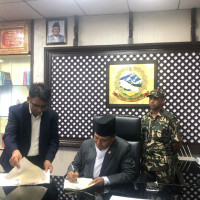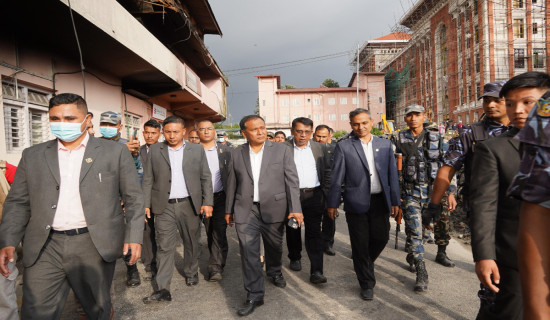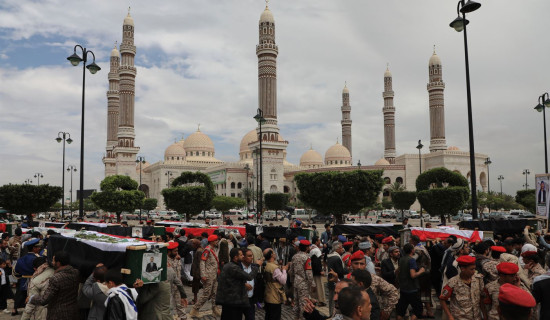- Thursday, 18 September 2025
Population And Development
Nepal has witnessed a drastic demographic shift impacted by evolving socio-economic factors. Decades ago, controlling population became the priority of policymakers, but today the opposite has become a reality. Negative population growth has prompted even the head of government to call upon citizens to marry in time and have at least three children. Declining fertility rates, international and external migration, a rising young population, urbanization, and increased life expectancy are some visible changes in Nepal’s population. There are both opportunities and challenges when it comes to managing the population. Policymakers and political leaders often harp on the demographic dividend but no concrete efforts have been made to tap the potential of the active population. The youth unemployment stood at 20.82 per cent in 2024. So it is imperative to devise appropriate programmes and policies to benefit from the energetic youths who are going abroad for a job and education.
Similarly, the state has to invest extra resources to manage the aging population. The elderly population grew from 8.1 per cent in 2011 to 10.2 per cent in 2021. Decline in infant and child mortality rates and expanded health services have contributed to the increase in life expectancy. People's migration from rural to urban areas has led to an urbanisation drive. But haphazard and unplanned urbanization has caused many problems for the city dwellers. Despite this, the majority of population still live in villages that lack quality health and education facilities. There is also a contrasting scenario – on the one hand, there is a tendency to leave the country and settle abroad permanently, and on the other, the country also faces demographic pressure from the south, owing to the open border.
The new population policy the government unveiled other day other day brings many facts to the fore. Currently, Nepal has a population of around 31.96 million, which is expected to reach an estimated 32.1 million in 2026. The population of women is more than half - 51.1 per cent. The median age of the population is 30.2 years in 2025. According to a news report of this daily, the policy seeks to create a sensitive and responsive population management system integrated with broader development efforts. It aims to reform policies to balance fertility with population. Its other objectives are the promotion of gender equality and social inclusion, protection of children and reproductive rights. The policy stresses improving sexual and reproductive health services, education and social security, realising the rights of gender and sexual minorities and incorporating demographic indicators into all planning and programme development.
The policy has rightly prioritised to increase the current declining fertility rate from 1.94 to 2.1 to ensure a stable rate for population growth. A fall in the fertility rate is a matter of serious concern. Now, 34 districts in the Himalayan region and 319 local levels have experienced a negative population growth rate. Given the country's federalised governance system, the three layers of government – federal, provincial and local – should coordinate with each other to share data and frame a strategy to manage the population. Speaking at a function organised to launch the population policy, Prime Minister KP Sharma Oli said that human existence could be at risk if population growth did not go hand-in-hand with national development and prosperity. It is necessary to balance population growth and the pace of development.

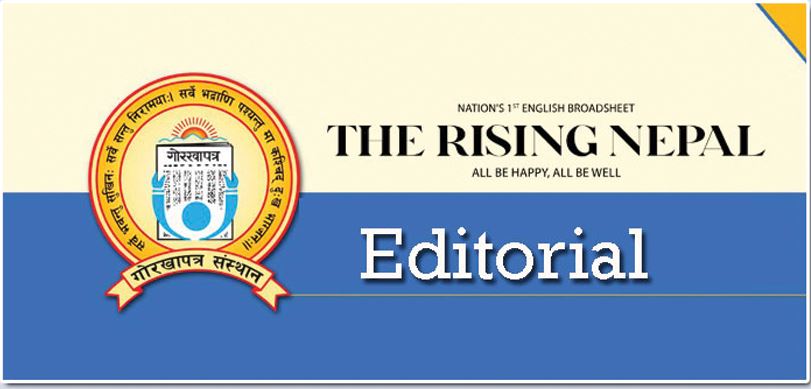

-original-thumb.jpg)
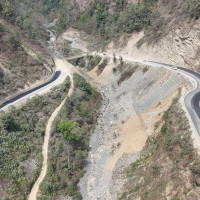
-square-thumb.jpg)
-original-thumb.jpg)
